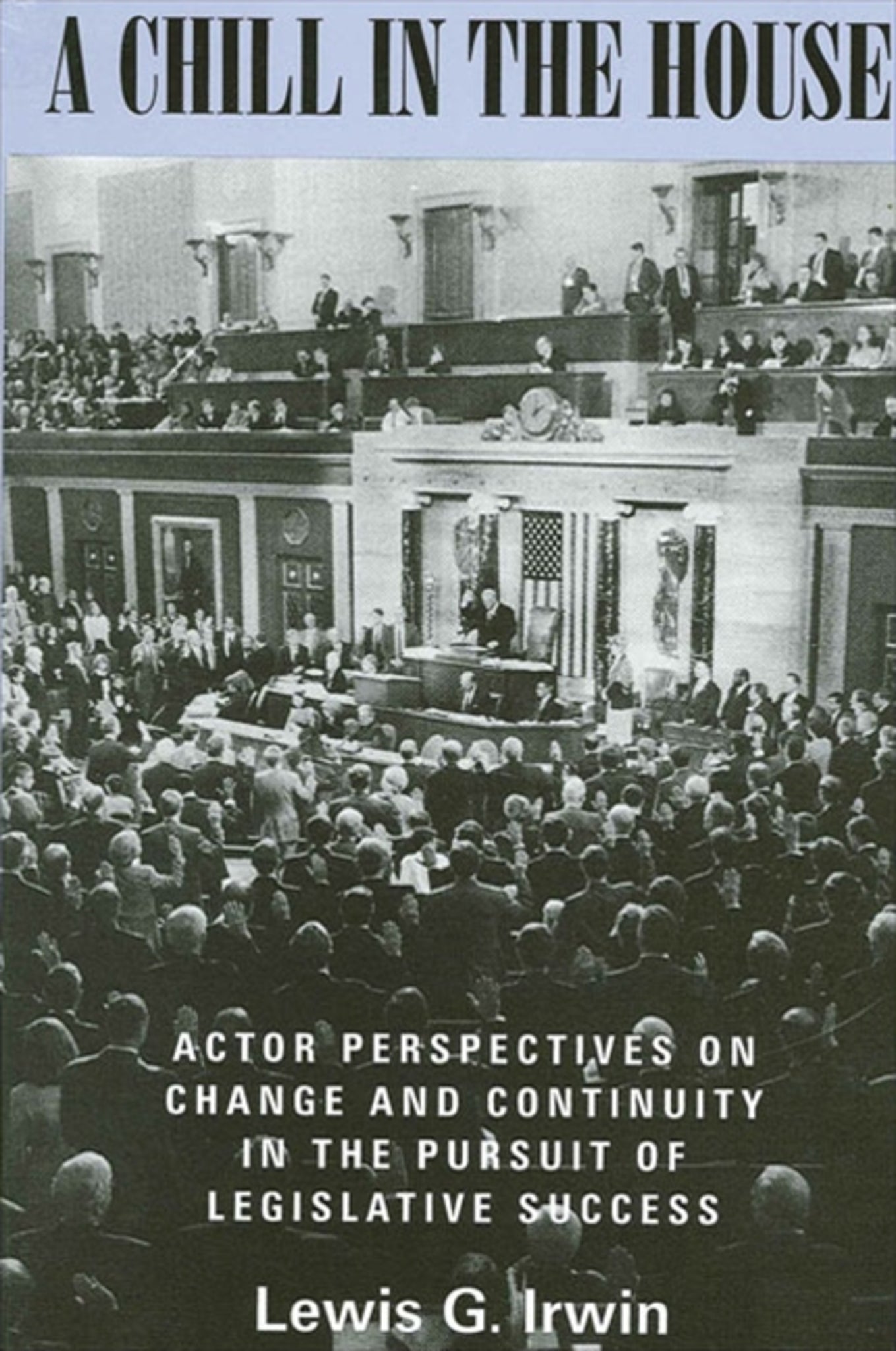We're sorry. An error has occurred
Please cancel or retry.
A Chill in the House

Some error occured while loading the Quick View. Please close the Quick View and try reloading the page.
Couldn't load pickup availability
- Format:
-
19 October 2001

Examines the growth of obstacles to legislative success since the 1960s in the U.S. House of Representatives.
How do laws come into being in today's Congress? Is public policy made the same way now as it was in the past? In seeking to convert an idea into law, would contemporary legislative actors identify key participants, chamber procedures, strategies, or legislative products differently than their counterparts in the 1960s? Through a comparison of the events that led to the passage of six laws from the 1960s and the 1990s, this book answers these and related questions.
Irwin argues that the interpersonal "glue" that held 1960s-era legislators together has been weakened, diminishing the strength of a resource once available to aid would-be legislative champions. This is evidenced by the House being a much less civil and congenial institution today than it was in the 1960s. Consensus building, too, has given way to a war of attrition, leading to a marked increase in contextual impediments to the realization of legislative success. This does not mean, however, that the underlying ingredients of legislative success have changed, only that, in sum, there is a distinct "chill" in the House as members pursue their business.


"This book is a carefully researched set of legislative case studies that are nicely designed to help scholars compare the pre-reform Congress with its contemporary successors." — Richard F. Fenno Jr., author of Home Style: House Members in Their Districts
"Irwin's analysis provides some of the most comprehensive evidence that I have seen that the impediments to meaningful and constructive public policymaking in the House have grown substantially since the 1960s." — Milton C. Cummings Jr., coauthor of Democracy Under Pressure: An Introduction to the American Political System
"Lewis Irwin's analysis of both changes and continuities in the legislative process in Congress in the 1960s and 1990s is perceptive and sophisticated. He concludes that the individual legislator is still crucial to effective action. President Bush should read this book!" — John Brademas, Member, U.S. House of Representatives, 1959–1981
Acknowledgments
1. Legislative Success in the U.S. House of Representatives
2. The Congresses
3. Legislative Histories: The 1960s
4. Legislative Histories: The 1990s
5. Actors I: The Internal Actors
6. Actors II: The External Actors
7. Legislative Procedures
8. Actor Strategies
9. Legislative Products
10. Continuities in Context: A Model of Legislative Success
A Brief Epilogue: Future Prospects
Appendix 1. Case Selection Criteria and the Case Selection
Appendix 2. Interview Methodology and Respondents
Notes
Bibliography
Index



